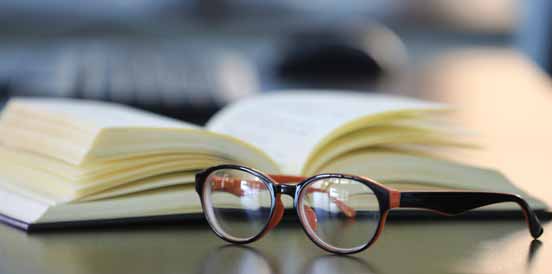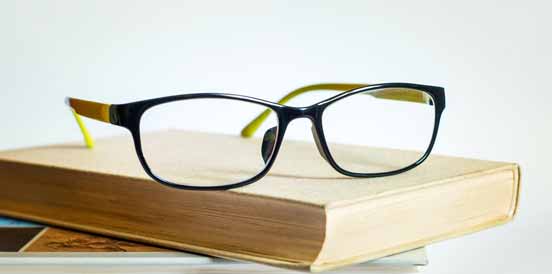Once you reach the age of 40s, your eye lenses are less stable, so they cannot be so easily centered once passing between close and remote vision. This makes your near vision worse, called presbyopia, or farsightedness associated with age.
Almost all will undergo a degree of presbyopia, but some will find it worse than others, depending on the severity of the disorder. Some two billion people around the world are projected to have presbyopia – almost a fourth of the world’s population. This is a natural shift in your eyes when you are aged, even though you never had to wear glasses or contacts in your life before.
What The Bifocal Lenses Are?

When you are already nearsighted and have a presbyopia, it might sound like a nightmare to remember a second pair of glasses that will help you read small print. While many people prefer to buy multiple frame parts to match their personal style, it cannot be very practical to bring more than one pair with you at all times.
The good news is that you have other possibilities than bringing a second pair of “readers!” Bifocal lenses have two separate viewing areas — a wide distance lens area and a small area at the bottom of the lens to look at close objects like terms.
You can see stuff in the distance when you look up, and you can read small print when you look down. You to have to change the moving from one region to another in your new lens, but if you wear it long enough, your eyes will get used to the transition.
What are Progressive Lenses?
You will note that the transition between distance and close is often fluid if you have ever used bifocals before. Trifocals add a third segment to the lens that helps to bridge the distance between the top and the bottom. Multifocal progressive lenses use technology to make the transition between the different lens areas much smoother and allow a more “seamless” field of view.
You are fortunate for people who do not want a bifocal look — incremental lenses and “no line” bifocals are specially curvy, so that you can see the difference between close lenses and distance lenses with as much vision as possible.
What Are Reading Sunglasses?
It is important to protect your eyes, particularly here in Florida, from harsh UV rays. Many people with presbyopia feel that they have to choose between close vision and proper sun protection while they work outside or relax with a good book. Find out more about reading glasses.
Reading sunglasses feature progressive, sun-proof lenses so that you do not have to move between several pairs of glasses to see the fine details when you are outdoor.
Consider Readers of OTC

If your eyes are so ready for use by readers, your eye doctor will let you know. If he or she agrees that it is enough for you, ask him what strength your eyes require. Be sure to chat about your career and the kinds of activities you enjoy, as your doctor can recommend based on the kind of career you do. For example, if you spend 8 hours a day on your computer the power you prescribe is likely to be different from that prescribed if you use a lot of time reading or working in great detail.
